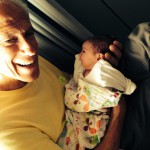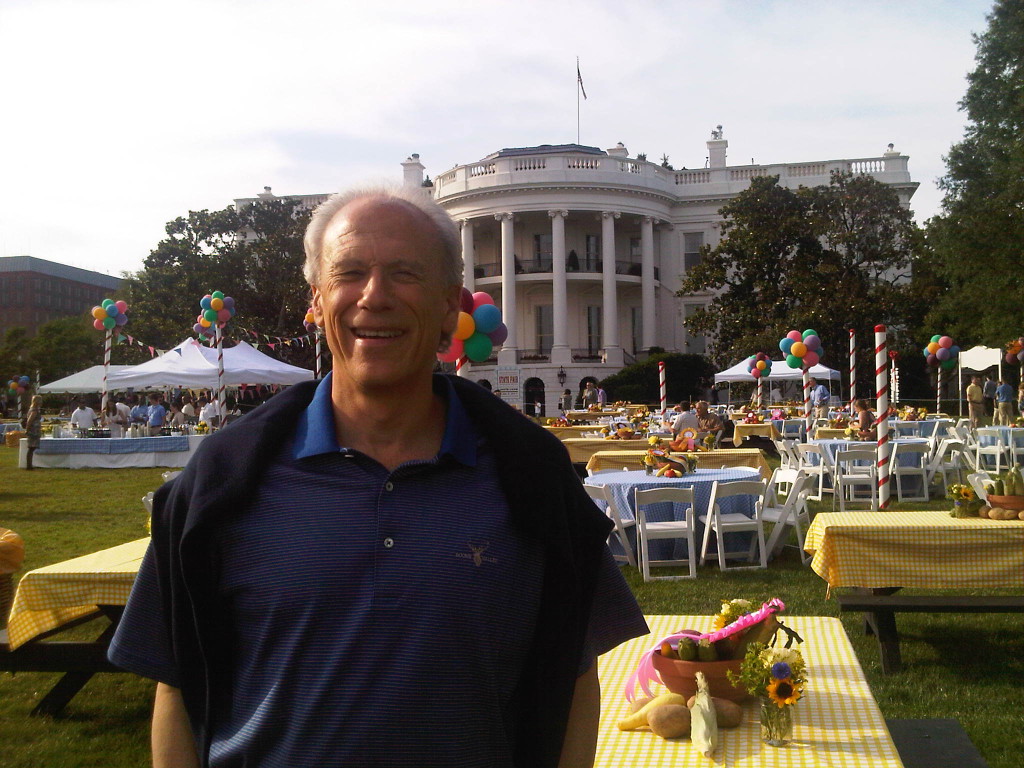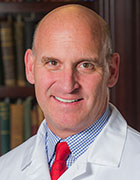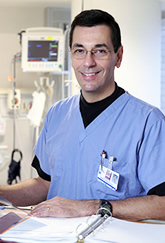Yesterday, I hit golf balls for the first time in six months - months sooner than I had ever hoped.
On May 13, I underwent spinal decompression and fusion surgery, from L4 to S1. I had been in pain for more than 10 years and had tried everything - core exercises, steroid injections, chiropractic corrections, acupuncture - to avoid surgery. By the beginning of this year, I couldn't walk more than a half-mile without seizing up in pain and I could no longer swing a golf club. In good health and weighing no more than I did in high school, I had decided it was the right time to find a surgeon. I spoke with six and may have been more confused at the end of those six consultations than I was at the outset.
My seventh and, as it turned out, final consult was with Dr. Todd Albert, the chief surgeon at HSS. I was referred to him by Dr. Robert Hotchkiss, an HSS colleague of Dr. Albert's, in whose care my daughter had been. I recall having been impressed with the Hospital's technology and commitment to communication - between doctor and patient and between HSS colleagues - during her care. I decided that I wanted the same for myself and agreed to undergo complex spine surgery in my first meeting with Dr. Albert. His expertise and experience were clear, and his own skill at communicating the plusses and minuses of this intricate surgery left little doubt in my mind that I had made the right choice of surgeon and hospital.
Spinal decompression and fusion surgery is no small commitment. It's a long operation with a long recovery and rehabilitation. I was very anxious about the pain, the recovery from anesthesia, the hospital stay and rehab. More than anything else, I was reassured by the professionalism of HSS staff, HSS's state-of-the-art facilities and the ability of everyone whom I encountered to articulate their respective roles in the procedure I was about to undergo. HSS people took great pains to answer my many questions and showed respect for my need to know as much about spinal fusion and decompression as I could hope to understand. They helped me prepare my body and my head for surgery and the challenges that lay ahead.
I was the first surgical case on May 13, which meant our day in the hospital began before 6am. HSS has sort of a low-key buzz to it - part energy, part hum of a well-oiled machine - and I heard it everywhere I went in the hospital that morning, from surgical reception, to the room in which I was prepped for surgery, to the long hallway that winds around the operating rooms to the surgical suite itself. I focused on that buzz and did my best to hum along with it until I went under general anesthetic.
The surgery went well - I am told - but not without complication. Todd Albert found that the cause of the spondylolisthesis (slipped disc) between L4 and S1 was a spina bifida, an unusual gap between spine and lumbar that makes for unstable spines, like mine. He took the time necessary (nearly 4 hours in surgery) to understand the condition and deftly to work around it. I left surgery with an "erector set" in my back: a rod-and-screw-array that connects the diseased vertebrae and, today, frames a newly fused area of my spine. Clearly, I had counted on Todd's experience and expertise and, when I needed them, both were present in abundance.
It's certainly easy to focus a story like this on the surgeon but I feel like I owe my surgical success every bit as much to the other members of the HSS team:
Dr. Ronald MacKenzie was the internist assigned to my case. He brought a depth of understanding about the surgery I was to undergo to my pre-operative care, especially helping me to prepare a sensitive bowel for the rigors of all the anesthetic and medicines I would take.
Dr. Steve Harris was the anesthesiologist I met the morning of the surgery. I was quite nervous about the general and its after-effects. He told me what steps he would take to ward off nausea and how he would administer the drugs that would "paralyze" me while I was a surgical subject. Moreover, Steve has a great sense of humor, which I appreciated that morning.
The nurses too-many-to-name who cared for me for five days and nights after surgery and did so with professionalism and no small amount of love. No request was too big nor pain too small. They were a huge part of my story.
Finally, Todd Albert referred me to a terrific chiropractor, Doug Sechendorf, who has been managing my rehab. He and his colleagues have done much to speed my recovery. On Friday, Doug spoke with John Kennedy, the golf pro with whom I will work to reconstruct my swing. They talked about my range of motion and the best ways to protect my spine above and below the fusion. That's full-service.
Saturday was the big day, Under John's watchful eye, I hit about three-dozen golf balls, some pretty badly; it's going to be a long road back. Truth be told, I was so excited that I had trouble concentrating.
Just three months after a complex spine operation, I am pain-free, back in the game of golf and back in the game of life.
Michael Weiser







